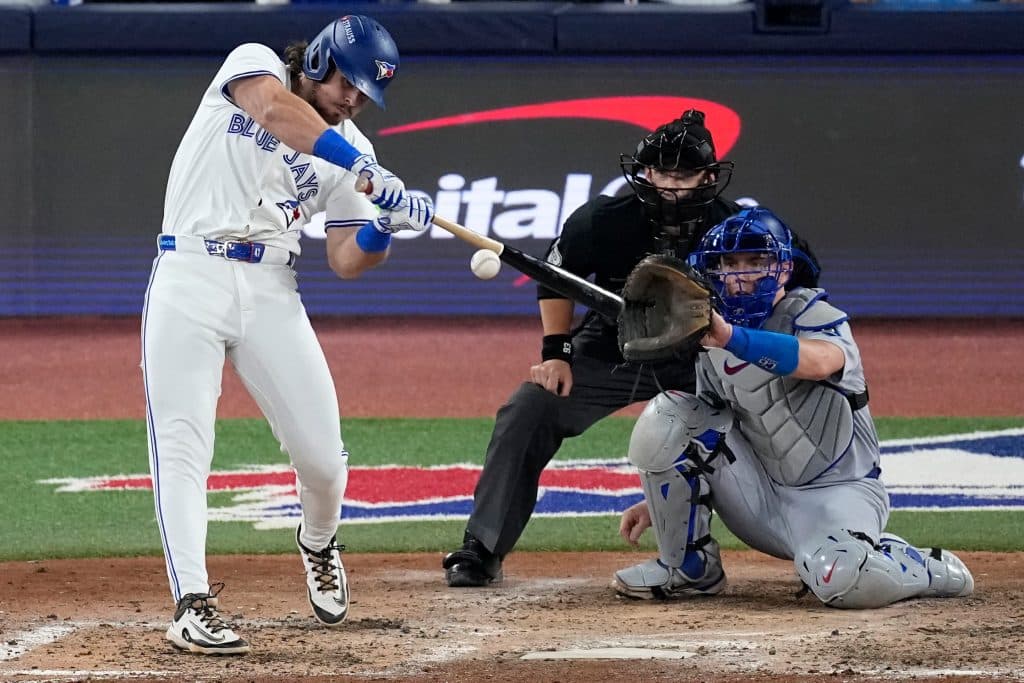The 2025 edition of the 2025 World Series has arrived, pitting the defending champion Los Angeles Dodgers against the resurgent Toronto Blue Jays in a clash that carries both historical weight and fresh intrigue. For Toronto, this marks a return to the Fall Classic for the first time since 1993. For Los Angeles, it is an opportunity to defend their crown and underline the strength of their organization. The opener of this best-of-seven series delivered fireworks: the Blue Jays routed the Dodgers 11-4 in Game 1, seizing an early advantage and setting a tone for the series. In this analysis we will dig into the context, key moments, individual performances, and what this means for the series moving forward.
Background & Context
Franchise trajectories
The Toronto Blue Jays entered this series after a dramatic American League Championship Series (ALCS) victory over the Seattle Mariners highlighted by a clutch three-run homer by George Springer in Game 7. Toronto has not captured a World Series title since winning back-to-back in 1992 and 1993, making this appearance especially meaningful. The Dodgers meanwhile, with a deeply talented roster and high expectations, were aiming for consecutive championships—the kind of feat rarely achieved in modern Major League Baseball. According to analysts, they entered with one of the strongest starting-pitching rotations and one of the highest payrolls in the sport.
Matchup details
Game 1 was held at the Blue Jays’ home field, Rogers Centre in Toronto, giving them home-field advantage for the first two games.
The Dodgers announced left-hander Blake Snell as their Game 1 starter, facing rookie right-hander Trey Yesavage of the Blue Jays. The latter’s rapid ascent—from his debut in mid-September to starting a World Series game—added a compelling subplot.
The full schedule of the series has Games 1 and 2 in Toronto, Games 3 to 5 in Los Angeles, with Games 6 and 7 back in Toronto if needed.
Pre-series expectations
Expert analysis suggested that while the Dodgers were slight favorites given their experience and pitching depth, the Blue Jays offered a potent offensive attack and hunger born of a long title drought. Many noted the Dodgers’ starting rotation had posted incredibly low ERAs through the postseason creating a narrative of pitcher-dominated matchups but also flagged that the bullpen could be vulnerable.
Game 1: Key Moments and Individual Performances
Early game and lead changes
The Dodgers opened the game with early momentum, jumping ahead 2-0 before Toronto responded. However by the fourth inning the Blue Jays had drawn level when Daulton Varsho launched a two-run homer off Blake Snell.
The decisive sixth inning
What truly defined Game 1 was Toronto’s nine-run sixth inning—an explosion of offense that completely shifted the momentum. Highlights included:
The first pinch-hit grand slam in World Series history by Addison Barger, a moment that will be remembered for its rarity and impact.
A two-run homer by Alejandro Kirk during that same inning, adding to Toronto’s blowout margin.
The breakdown of the Dodgers’ bullpen: Reliever Emmet Sheehan was unable to record an out during that inning, exacerbating LA’s difficulties.
Other notable performances
For the Blue Jays: The rookie Trey Yesavage, despite his inexperience, held the Dodgers to two runs across his four innings of work, helping set the tone early.
For the Dodgers: Shohei Ohtani hit a two-run home run in the seventh inning his fourth homer in two games but by then the deficit was too large to overcome.
Statistical recap
The final score: Toronto Blue Jays 11, Los Angeles Dodgers 4. The Blue Jays collected 14 hits in the game.
Analysis: What This Means for the Series
Momentum and psychological edge
By handing the reigning champs such a decisive defeat in Game 1, Toronto has seized the early momentum. Historically, teams that win Game 1 in the World Series have a meaningful advantage. The Blue Jays’ explosive inning showed they are capable of forcing the Dodgers’ bullpen into long relief and exposing cracks.
Strengths and vulnerabilities
Blue Jays: Their offense was firing on all cylinders; the ability of role-players (like Barger) to deliver in historic fashion underscores depth. Their rookie pitching choices are paying off, at least for now.
Dodgers: While their roster remains loaded, their bullpen collapse raises flags. Blake Snell’s early-day damage, followed by Sheehan’s inability to record an out, suggests that the Dodgers’ margin for error is narrower than in past years.
Implications for upcoming games
With the series shifting to Los Angeles for Games 3 through 5, the pressure lies on the Dodgers to regroup quickly before the home fans. The Blue Jays, conversely, carry both the lead and the belief that they can challenge the favourites. For Los Angeles, tighter execution, particularly in the bullpen, will be critical. For Toronto, continuing to run at an elite offensive level will be the key to sustaining this advantage.
Game 1 of the 2025 World Series offered a stunning display: the Toronto Blue Jays did not merely defeat the Los Angeles Dodgers, they dominated them with a historic performance anchored by a rare grand slam, an utterly explosive inning, and a standout debut by a rookie starter. The Dodgers, while still formidable, displayed vulnerabilities that the Blue Jays eagerly exploited.
As the series moves forward, the Blue Jays have positioned themselves well—both on scoreboard and in momentum. The Dodgers must respond or risk seeing their championship defense slip away early. Regardless of the ultimate outcome, Game 1 underscored that in baseball’s Fall Classic, narratives can shift quickly.
In summary: Toronto grabbed the early edge, Los Angeles must adjust, and the stage is set for a compelling series.
